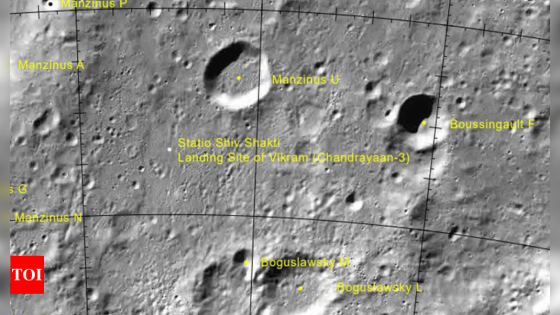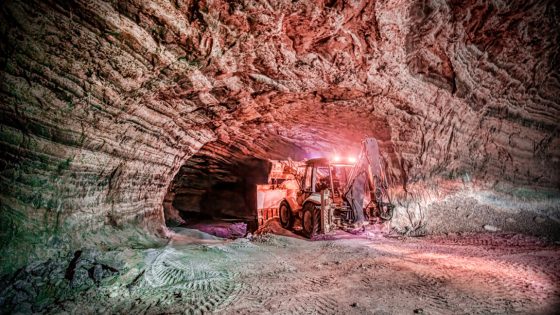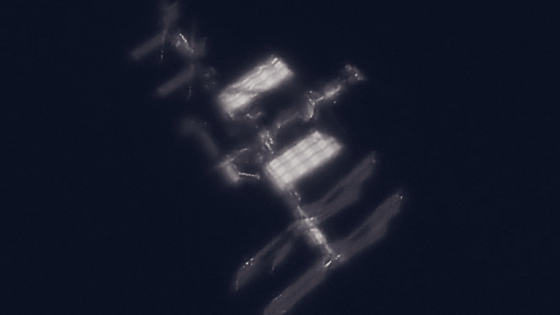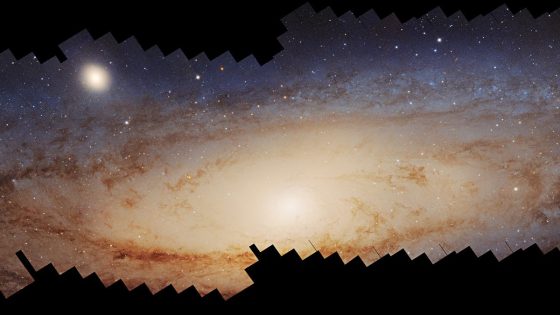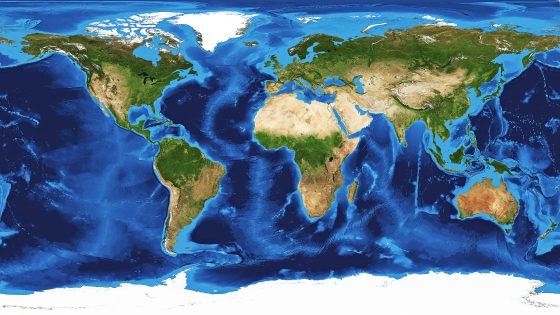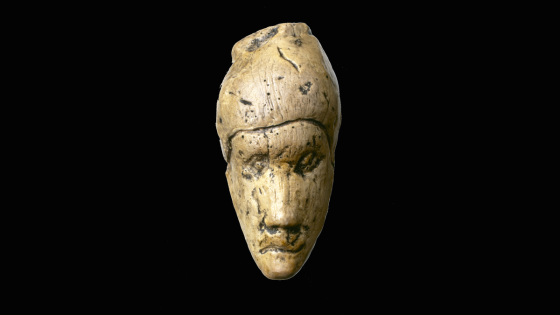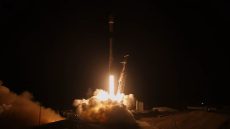India‘s Chandrayaan-3 spacecraft landed on the Moon’s South Pole, revealing that the site is approximately 3.7 billion years old. This significant discovery, made on August 23, 2023, not only marks India’s achievement as the fourth nation to land on the Moon but also provides insights into the Moon’s geological history. What does this mean for lunar exploration and our understanding of the early solar system?
- Chandrayaan-3 landed on Moon's South Pole.
- Landing site is approximately 3.7 billion years old.
- Geological map reveals three distinct terrain types.
- Debris from Schomberger crater covers landing area.
- Rover navigated centimeter-sized rock fragments.
- Mission enhances understanding of lunar geological history.
Chandrayaan-3’s Historic Moon Landing and Its Geological Significance
What can we learn from a landing site that dates back billions of years? The Chandrayaan-3 mission has opened a window into the Moon’s past, revealing a landscape that has been shaped over eons. By studying this ancient terrain, scientists hope to uncover clues about the Moon’s evolution and its connection to Earth’s early history.
Key Discoveries from the Chandrayaan-3 Mission and Their Implications
The geological map created by Indian scientists reveals three distinct terrain types at the landing site, known as ‘Shiv Shakti.’ This data is crucial for understanding the Moon’s geological history. Here are some key findings:
- The landing site is approximately 3.7 billion years old.
- It features rugged high-relief terrain and smooth plains.
- Debris from the nearby Schomberger crater covers the area.
- Large boulders, some over 5 meters, were identified, originating from a fresh 540-meter crater.
Understanding the Moon’s Geological History Through Chandrayaan-3
The geological insights gained from the Chandrayaan-3 mission are invaluable. The study indicates that the terrain has been influenced by impacts from nearby craters, allowing scientists to piece together the Moon’s history. This information is essential for future lunar exploration and potential colonization efforts.
Implications for Future Lunar Missions and US Interests
As the US and other countries prepare for upcoming lunar missions, the findings from Chandrayaan-3 provide a roadmap for exploration. Understanding the Moon’s geology can help identify potential resources and safe landing sites for future expeditions. How will this knowledge shape our approach to the Moon?
In conclusion, the Chandrayaan-3 mission not only showcases India’s advancements in space technology but also enriches our collective understanding of the Moon. As we look to the future, these discoveries will play a pivotal role in guiding international lunar exploration efforts.



